This past weekend was one of the largest climate mobilizations in history. Throughout the world more than 785,000 participated in demonstrations. As 350.org’s May Boeve wrote, “Melbourne hosted Australia’s biggest climate action ever (60,000 people!), tens of thousands of Filipinos danced through Quezon City for climate justice, Egyptians ran and then marched through the streets of Cairo—and so much more.”
As Howard Zinn frequently reminded us, positive social change comes from grassroots movements, and is never simply bestowed from on high. It’s a point worth remembering as the UN climate talks get underway in Paris. Any progress to address the climate catastrophe will be the result of worldwide activism to demand a just transition away from fossil fuels to renewable energy—and policies that help the most vulnerable deal with the climate disruptions underway.
Educators have an important role to play. It’s up to us to help students probe the roots of the climate crisis, to recognize its unequal impact, and to imagine lasting solutions.
The Zinn Education Project has posted several lessons at our site—available for free, as are all our resources:
- ‘‘Don’t Take Our Voices Away’: A Role Play on the Indigenous People’s Summit on Climate Change,’ by Julie O’Neill and Tim Swinehart, explores the impact of climate change on the world’s Indigenous peoples and shows how they are organizing and fighting back.
- “Paradise Lost: Introducing Students to Climate Change Through Story,” by Brady Bennon, is a video/writing activity that looks at the human cost of climate change and builds empathy for climate change refugees like those in the island nation of Kiribati.
- “The Mystery of the Three Scary Numbers,” by Zinn Education Project co-director Bill Bigelow, is a lively activity in which students piece together clues as they explore the dangerous link between fossil fuels, carbon, and climate change.
The best teaching resource on the climate crisis is A People’s Curriculum for the Earth: Teaching Climate Change and the Environmental Crisis, edited by Bill Bigelow and Tim Swinehart, and published by Rethinking Schools. According to Teaching Tolerance, “This is the kind of book that can change the way young people look at everything.”
And for the best ongoing coverage of the UN climate talks in Paris—and the social movements confronting climate change—see Democracy Now! Amy Goodman and the DN! team are in Paris for the full two weeks of activities.

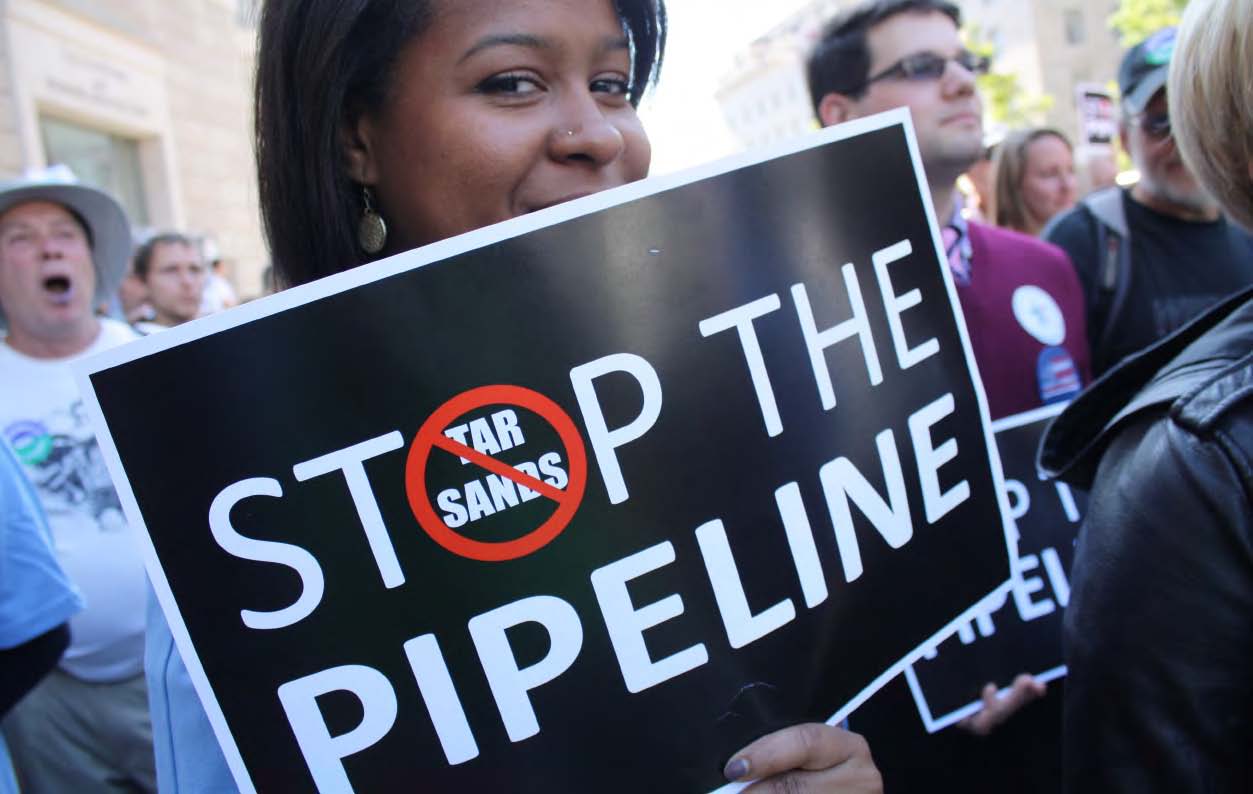
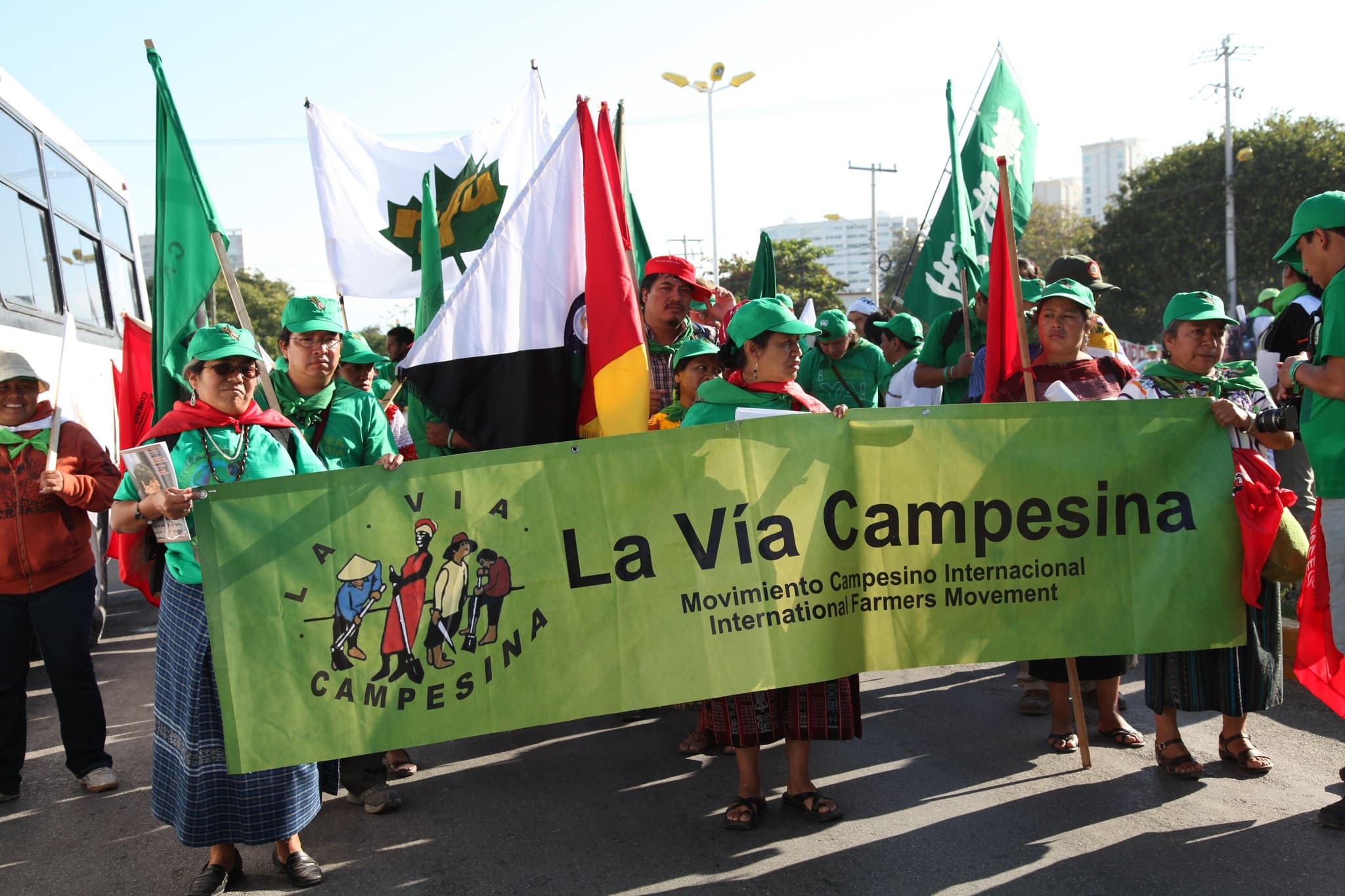
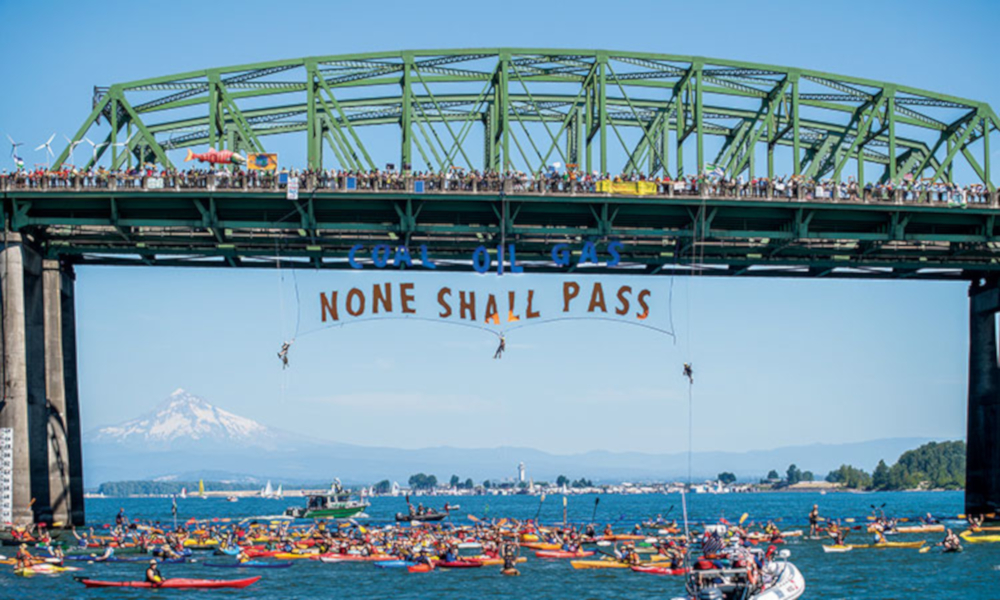
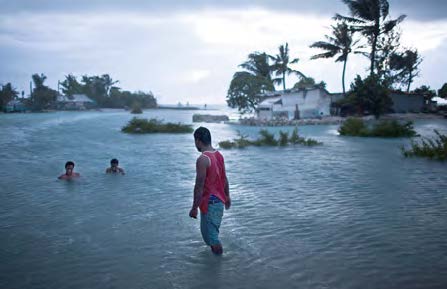
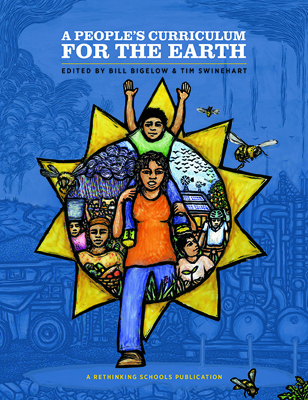
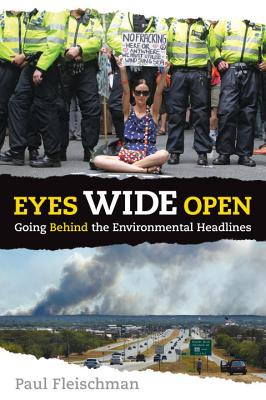
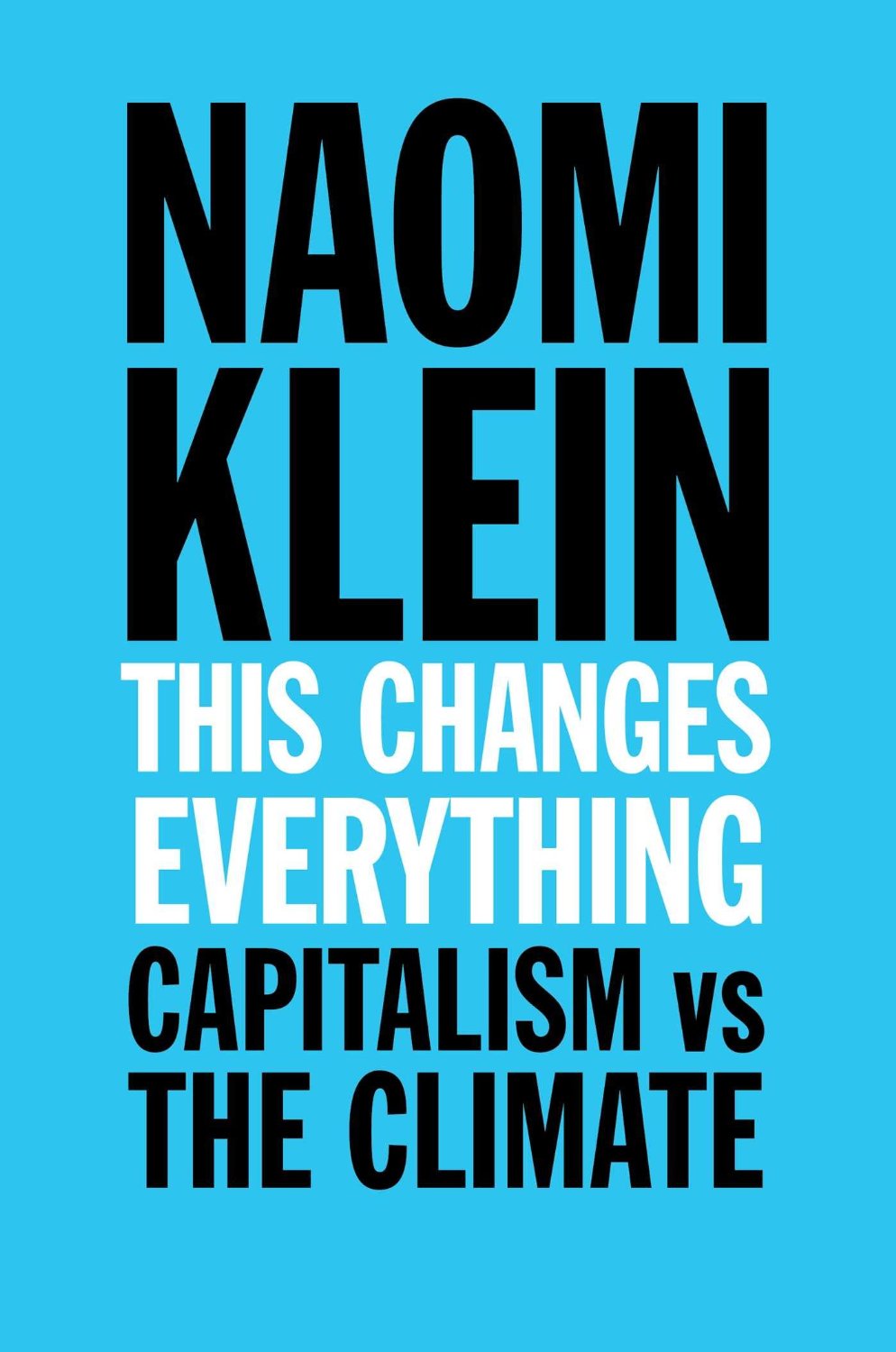
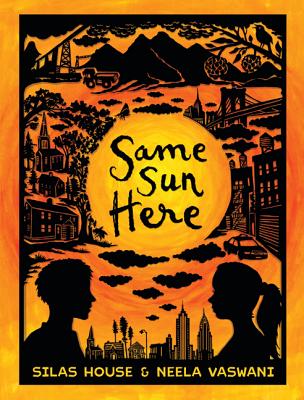
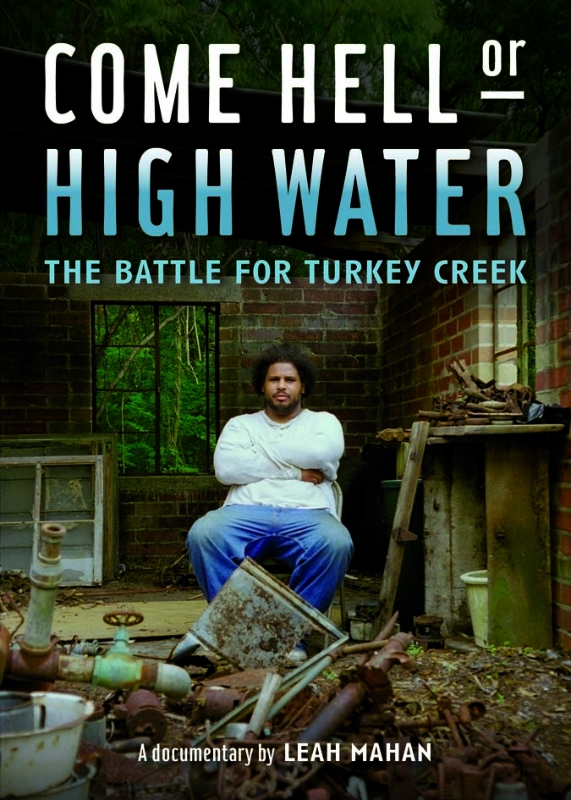
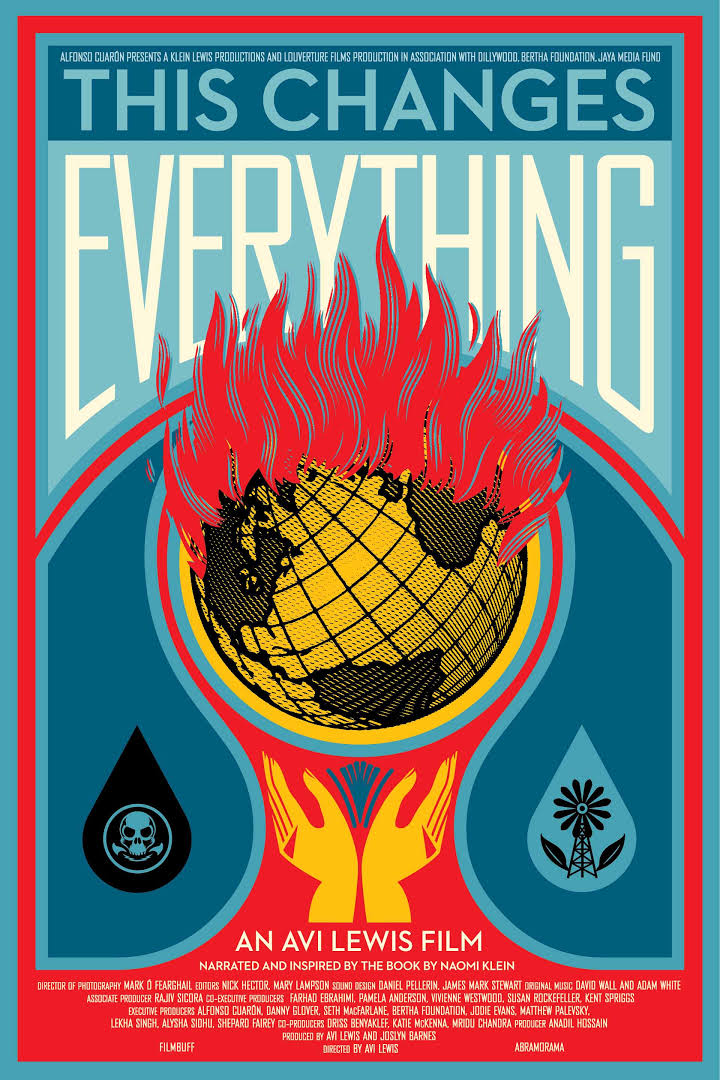





Twitter
Google plus
LinkedIn